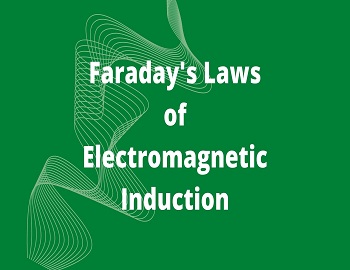Boltzmann Distribution:
For an ideal gas, there are two key features of the Maxwell distribution:
- There is an average energy (1/2)kT in each degree of freedom.
- The probability of a molecule having energy E is proportional to e-E/kT.
The degree of freedom means a way in which a molecule is free to move and has energy- in this case the x, y, and z-directions- to give total average kinetic energy as 3/2kT.
Boltzmann generalized these features of Maxwell’s distribution to arbitrary large systems. He was the first to realize a deep connection between the thermodynamic concept of entropy and statistical analysis of possible states of a large system- that the increase in entropy of a system with time causes a change in macroscopic variables to those values which correspond to the largest possible number of microscopic arrangements. He showed that for a given energy, the number of available microscopic states is far greater for macroscopic values corresponding to thermal equilibrium. For example, for a given energy, there are far more microscopic arrangements of gas molecules possible (in which the gas is uniformly distributed in a box, than the corresponding microscopic value) of all the gas molecules being in the left-hand half of the box. Thus, if a litre of gas goes through all possible microscopic arrangements, over the course of time, there is in fact, a negligible probability of it being all in the left-hand half in time equal to the age of the universe. So, if we arrange for all the particles to be in the left-hand half by using a piston to push them there and then remove the piston, they would uniformly distribute throughout the box.
Boltzmann proved that the thermodynamic entropy S of a system (at a given energy E) is related to the number W of microscopic states available to it by:
| S = k log W |
Where k is Boltzmann’s constant. (There were some ambiguities in counting the number of possible microscopic arrangements which were rather troublesome. For example, how many different velocities can a particle in a container have?). Thus, for any system, large or small, in thermal equilibrium at temperature T, the probability of being in a particular state at energy E is proportional to e-E/kT. This is called Boltzmann’s distribution.









Comments (No)